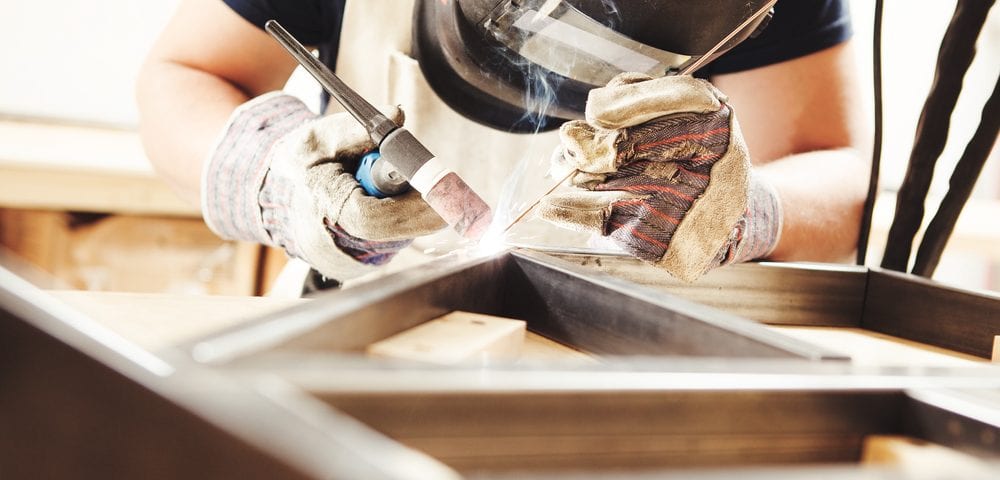Metal Welding Variations: MIG and Arc Options

Stainless Steel for Disaster Prevention: Corrosion/Temp Resistance
January 8, 2021
Metal Welding Variations: TIG, Gas and Electroslag
January 22, 2021Within the steel and metal world, several processes are often important for the manufacturing and processing of products. One of the single most vital processes here across numerous metals and applications: Metal welding, which comes in several different forms.
At Wasatch Steel, we’re happy to offer not only a wide range of steel products, but also numerous steel services like shearing, punching, bending and sawing. In addition, we’re happy to assist with recommendations and expertise on important processes like welding for any of our steel products, including which form of welding is best for a given material. There are several such forms out there depending on the metal, alloys and other characteristics involved – this two-part blog will go into each of them to help you make the right choice for your next project.
MIG Welding
One of the most popular and well-known metal welding formats is known as MIG welding, or Metal Inert Gas welding. This process involves combining two metal pieces using a wire that’s connected to an electrode current, with the wire passing through a welding stick shielded by inert gas.
MIG welding is very user-friendly, plus doesn’t require quite as high a level of precision as other types to achieve a solid weld. However, MIG welding may be sensitive to elements like wind, dust and rain, so it must be done in controlled environments.
Arc Welding (Stick)
Actually, MIG welding is just one form of what’s known as arc welding – a broad term for any process involving an electrode used for the combination of metals.
When you hear the term “arc welding” with no other terminology attached, most in the metal industry are referring to stick welding. This is a manual form of welding that uses consumable electrodes coated influx before laying down the weld, using welding rods or sticks for this process. Stick welding, however, is relatively outdated and is rarely used these days, as it produces lower-quality parts in many cases.
Flux Cored Arc Welding
Another form of arc welding is called flux cored arc welding, which is similar to MIG welding in several ways. It uses a tubular wire that’s filled with flux, plus may or may not use a shielding gas depending on which filler is being used. Flux cored arc welding is a simpler form of welding that’s often taught to beginners to help them learn the arc welding basics.
Submerged Arc Welding
Another arc welding variety is submerged arc welding, which is most common for nickel-based and ferrous steel alloys. It allows for a deep weld with limited preparation, plus also has limited fume emissions, making it one of the most efficient welding processes out there.
For more on the welding options available to you for any project, or to learn about any of our steel or metal services, speak to the staff at Wasatch Steel today.



